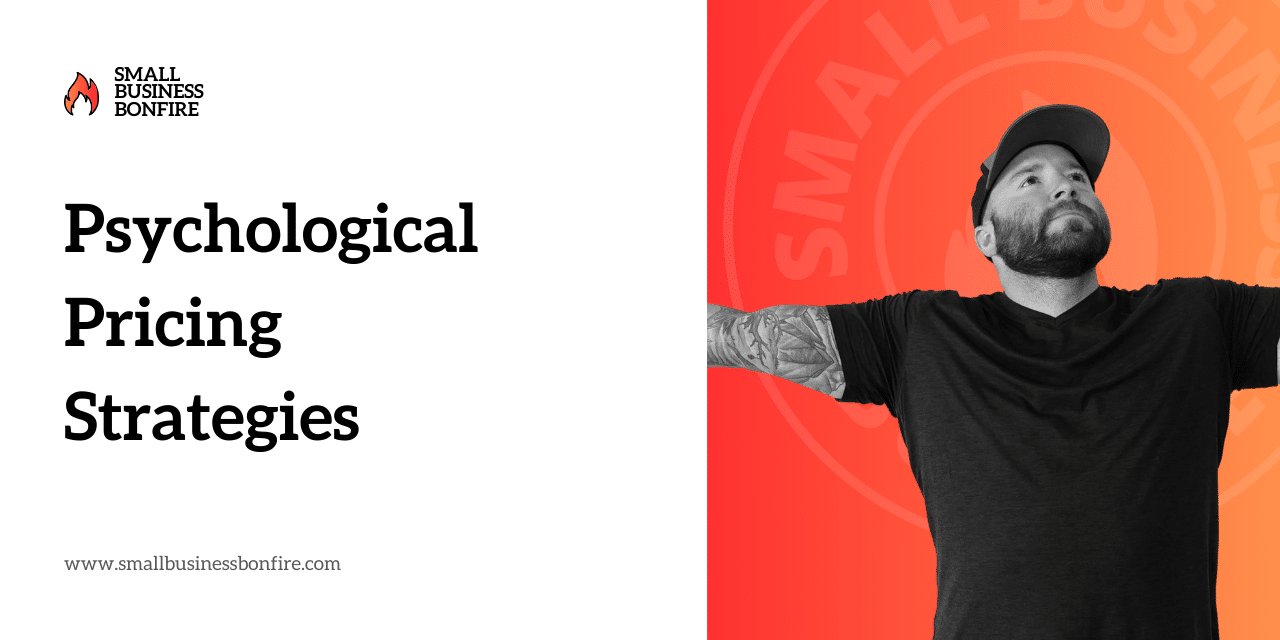Here is a list of my favorite psychological pricing techniques that you can implement TODAY.
Price anchoring
Price anchoring is the practice of establishing a reference point (the “anchor”) for the price of a product, which consumers then use to judge the value of other options.
It is effective because consumers tend to rely heavily on the first piece of information offered when making decisions. E.g. a higher price.
This strategy works when presenting prices OR during a sales pitch.
Charm prices
With charm pricing, the price ends with 0.99 or 0.95 instead of a round number.
In their opinion, consumers round 0.99 down to the nearest dollar amount.
This means that they consider a product priced at $4.99 to be $4 rather than $5, giving the impression of a bargain.
Decoy prices
Decoy pricing is a strategy in which a company presents an option that is not intended to be selected, but is intended to highlight the attractiveness of other options.
The lure price makes the target product appear more valuable and encourages consumers to choose it over competing products.
Have you never been in a store and thought, “Well, it’s obvious what to choose”?
That could have been a bait-and-switch pricing!
Artificial time constraints
Artificial time constraints create a sense of urgency that leads to immediate purchasing decisions.
Examples of this include time-limited offers or flash sales.
This strategy taps into consumers’ fear of missing out, driving faster purchasing decisions.
Price reductions
A price reduction involves a significant reduction in the original price.
By displaying both the original price and the discounted price, businesses can highlight the value a customer receives, thereby increasing perceived value and encouraging purchase.
This strategy is interesting because the price shown is usually the price.
Price appearance
The way a price appears can also influence purchasing decisions.
For example, a price that is displayed in a smaller font size or without dollar signs can be less intimidating to consumers and subtly encourage sales.
Or by removing the .00 at the end of a price, it can be perceived as less (because it has fewer numbers).
Innumeracy Awards
Innumeracy pricing takes advantage of consumers’ difficulty processing numerical information.
For example, “buy one, get one free” offers may seem more attractive than just 50% off, even if the value offered is exactly the same.
